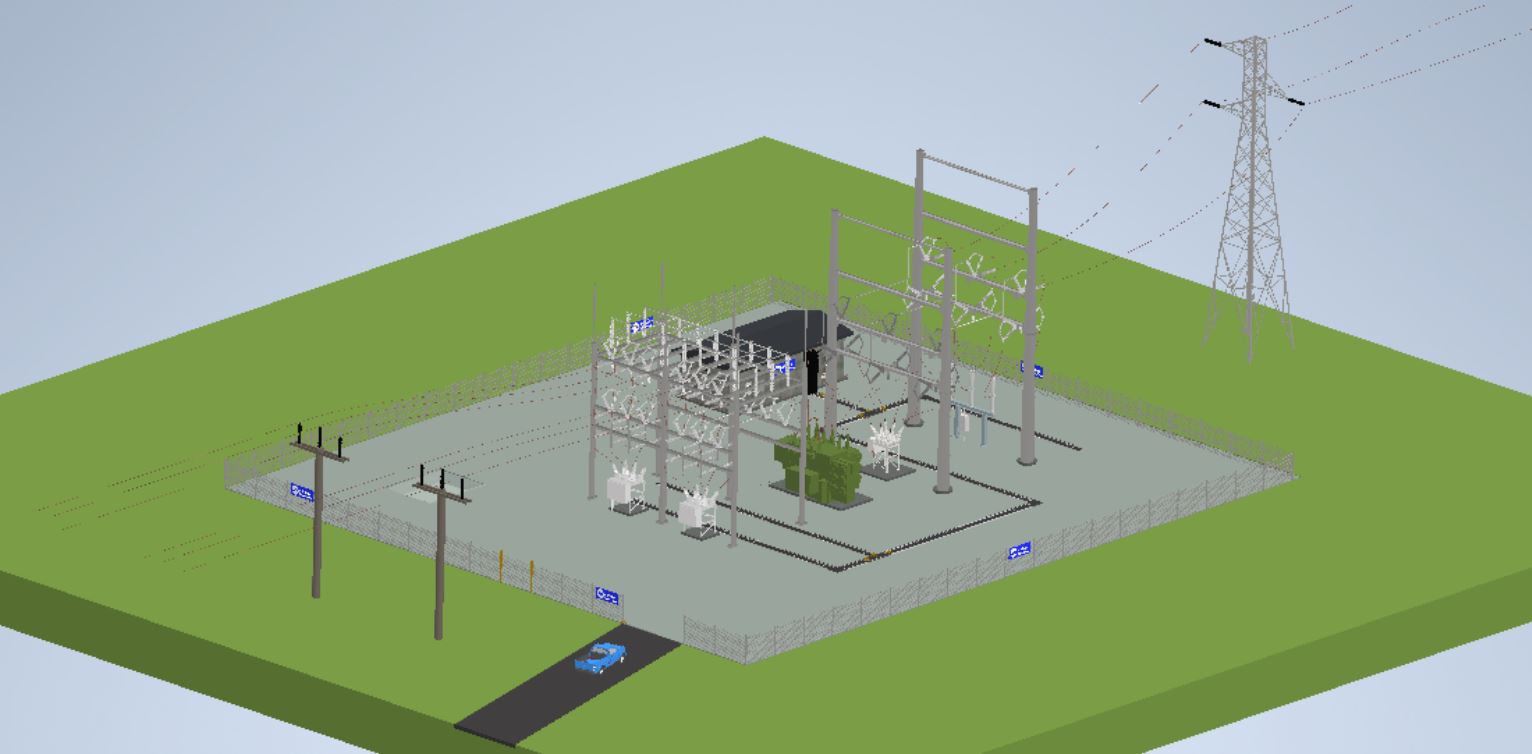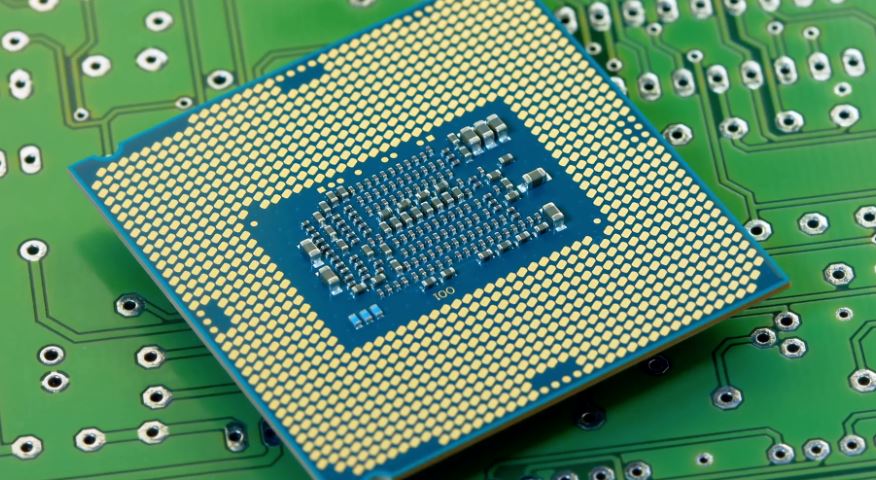
By EPB.com/newsroom – EPB and other partners are collaborating to provide the first quantum technology networking system operating on a commercial platform. EPB is partnering with quantum hardware entities such as Qubitekk and Qunnect to deliver “the nation’s first commercially available quantum network,” known as the “EPB Quantum Network.”
EPB’s Quantum Network will pave the way for better commercialized communications between advanced systems and AI driven technologies, offering more reliable communications, higher transmission rates, better data encryption, and much more…





